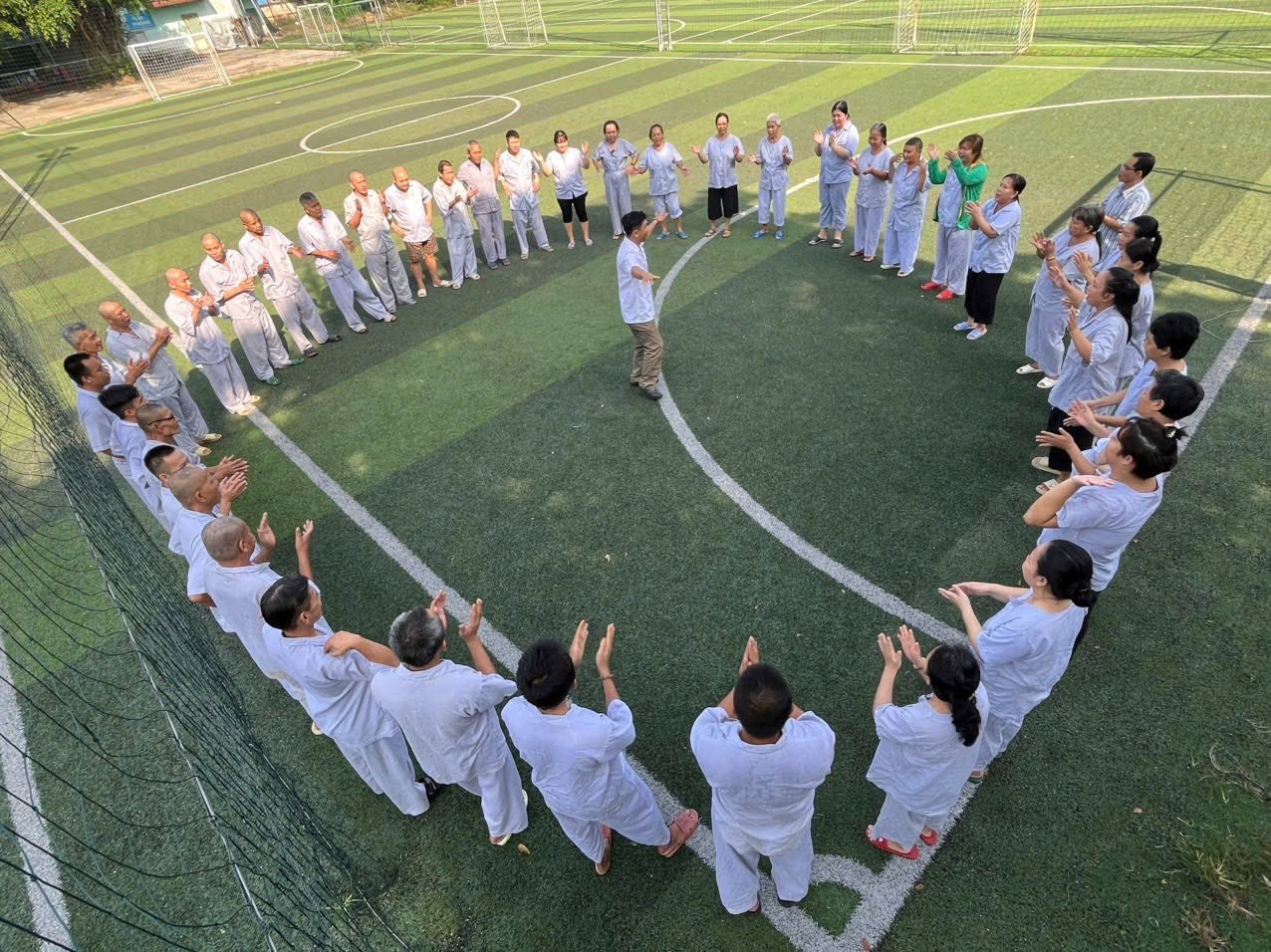 |
| Mentally ill patients participate in group therapy under the guidance of medical staff. Photo: Xuan Phu |
With a comprehensive rehabilitation treatment model, thousands of patients have gradually regained the ability to take care of themselves, integrate into the community, and return to normal life.
Variety of models
Every day, Central Psychiatric Hospital 2 examines and treats 450-500 outpatients and 900-1,000 inpatients. The patients come from many southern provinces and cities. Of which, about 30-40% of patients have severe mental disorders such as schizophrenia, mood disorders, paranoid disorders, depression, etc. This is a group of diseases that often have a long course, are prone to relapse, and greatly affect the patient's ability to work, study, and social activities.
Specialist Doctor II Le Van Kien, Head of the Rehabilitation Department, Central Psychiatric Hospital 2, said: In the past, most patients after the acute treatment phase often had to depend on their families, with little opportunity to recover skills or integrate into the community. Over the years, Central Psychiatric Hospital 2 has implemented a mental rehabilitation program as an indispensable part of the treatment process. The goal is not only to help patients control symptoms but also to re-establish social, occupational, and personal skills, helping them return to normal life soon.
Accordingly, the rehabilitation area of Central Psychiatric Hospital 2 is scientifically organized, divided into many activities suitable for each patient's level of illness. In addition, the hospital also maintains cognitive rehabilitation and social skills classes. Here, patients are guided in activities such as: drawing, playing musical instruments, singing to practice communication skills, expressing emotions and focusing attention... Doctors, psychologists, nurses, technicians act as teachers, companions to help patients gradually regain confidence.
With group therapy, patients can have fun, relax, feel comfortable mentally, be active, lively and quickly integrate into the community. In addition, the therapy also helps patients reveal unstable behaviors so that medical staff can recognize and have appropriate therapy for the patient's medical condition.
In particular, Central Psychiatric Hospital 2 also has occupational rehabilitation workshops. Here, patients can participate in light manual work such as knitting, sewing clothes, growing vegetables, harvesting crops, etc. These simple tasks bring great spiritual value, helping patients feel like they are working and contributing.
Psychiatric rehabilitation not only benefits patients but also helps reduce medical costs and the burden on families and society. For this work to be effective, it requires the cooperation of many sectors and levels, in which the media plays an important role in reducing stigma and raising public awareness.
Specialist II Doctor LE VAN KIEN, Head of Rehabilitation Department, Central Psychiatric Hospital 2
The patient recovered well.
Ms. TCT (31 years old, from Tay Ninh province) is one of the mental patients who regularly participates in rehabilitation activities at the hospital.
In 2016, Ms. T. suffered from headaches, bipolar disorder, and severe depression, so her family took her to the Central Psychiatric Hospital 2 for treatment. Over the past 9 years, doctors and technicians here have guided her through activities such as yoga, exercise, jumping rope, catching balls, playing musical instruments, singing, and reading. Thanks to that, Ms. T. feels more relaxed, sleeps more deeply, and is happier. The symptoms of depression have also gradually decreased.
Not only Ms. T., many other mental patients when receiving rehabilitation treatment at the hospital have been able to take care of their personal hygiene and boldly express themselves in public.
Psychologist Hoang Van Hau, Department of Rehabilitation, Central Psychiatric Hospital 2 shared: Rehabilitation for mental patients is a long-term process, requiring patience from medical staff, patients and families. When patients are treated stably and participate in proper rehabilitation, about 60-70% of cases can take care of themselves, some can return to light work or integrate well into the community. Through therapeutic activities, patients are trained, improve life skills from basic to advanced; restore memory, emotions, interaction ability; improve health and thinking. In addition, some patients are also oriented to future careers.
Dr. Le Van Kien emphasized: To achieve the best results in rehabilitation for mental patients, close cooperation from the patient's family is needed. When the patient is discharged from the hospital, the family needs to know how to care for and monitor the patient's medication; have words and actions to encourage the patient to integrate into the living environment, helping them feel more confident when communicating.
Hanh Dung
Source: https://baodongnai.com.vn/xa-hoi/202510/ngay-suc-khoe-tam-than-the-gioi-10-10-phuc-hoi-chuc-nang-cho-benh-nhan-tam-than-ab427c6/







![[Photo] Dan Mountain Ginseng, a precious gift from nature to Kinh Bac land](/_next/image?url=https%3A%2F%2Fvphoto.vietnam.vn%2Fthumb%2F1200x675%2Fvietnam%2Fresource%2FIMAGE%2F2025%2F11%2F30%2F1764493588163_ndo_br_anh-longform-jpg.webp&w=3840&q=75)

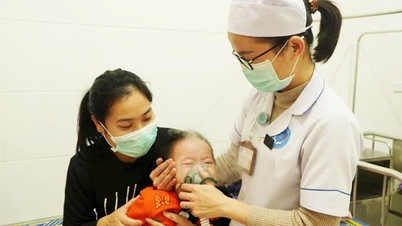











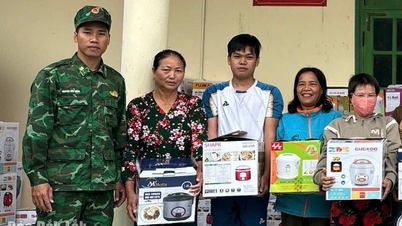

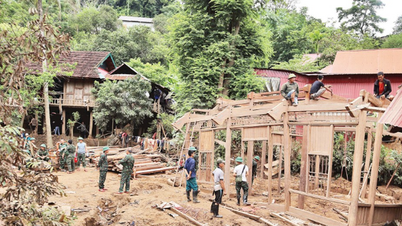













![[Photo series] Cold air returns, many people wear warm clothes to go out in the early morning](https://vphoto.vietnam.vn/thumb/402x226/vietnam/resource/IMAGE/2025/11/30/1764468387964_49c7751355b8d9e680a95_20251129140528.jpeg)




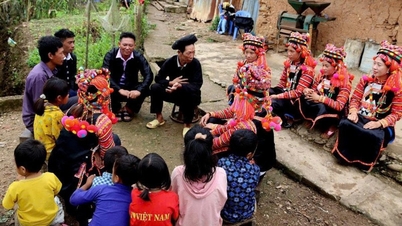









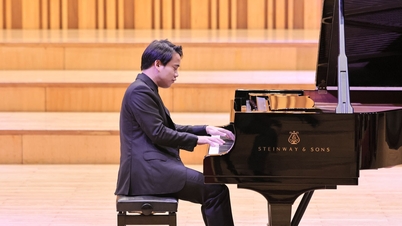


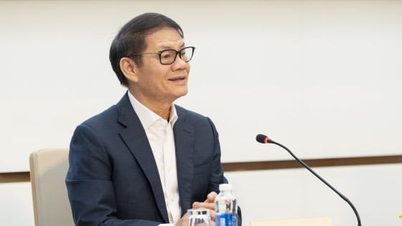

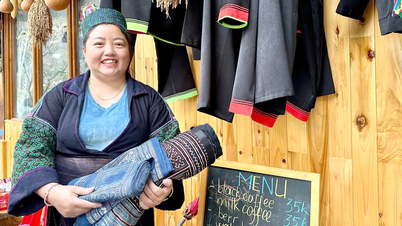















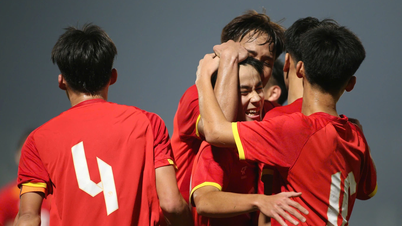

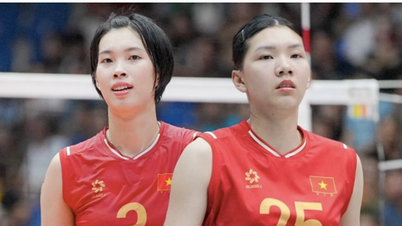







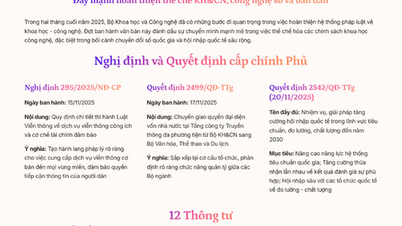

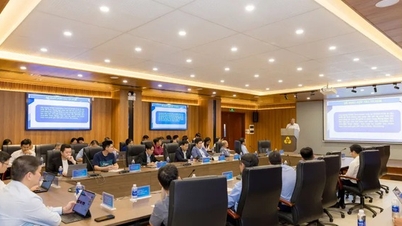
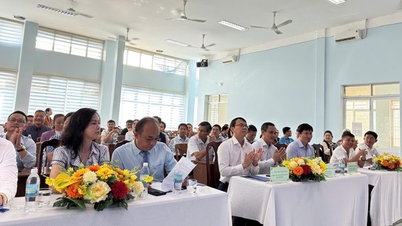

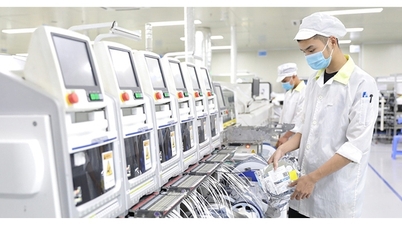
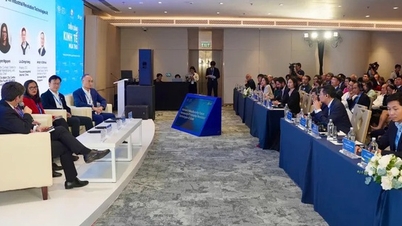
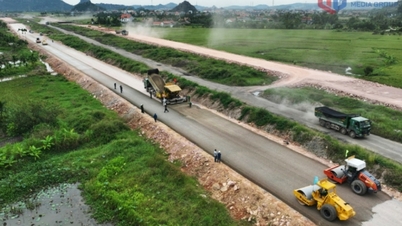



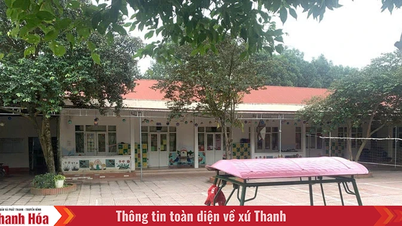

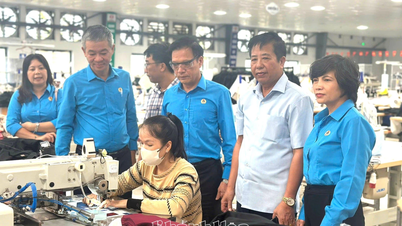

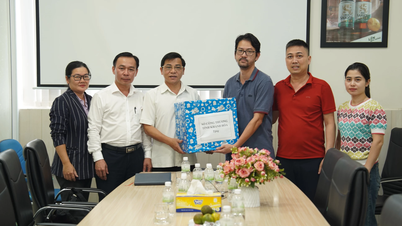








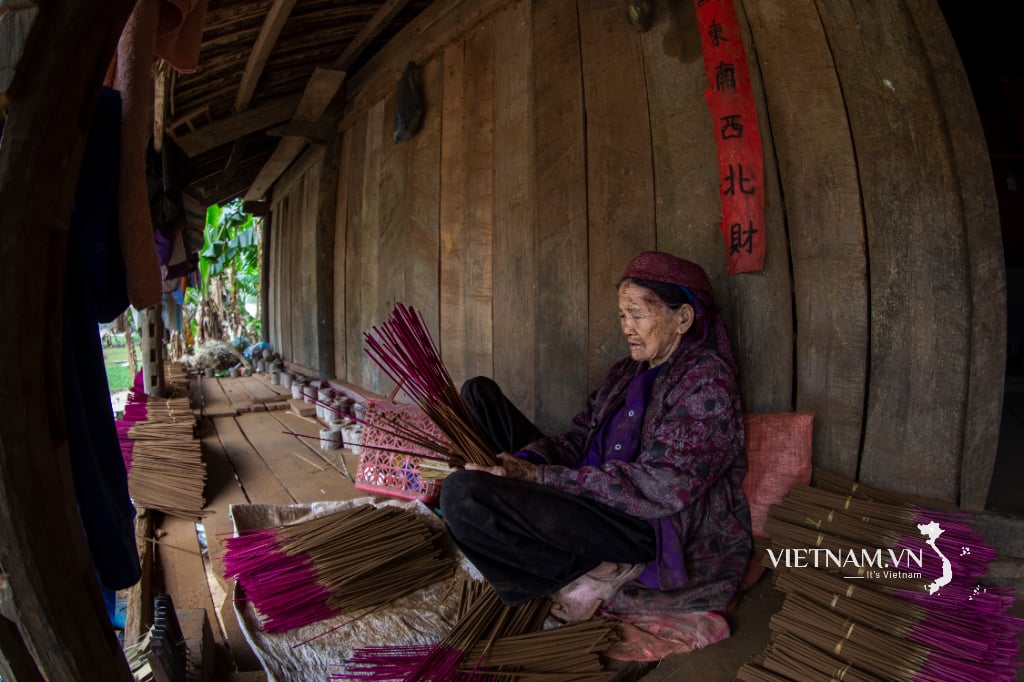

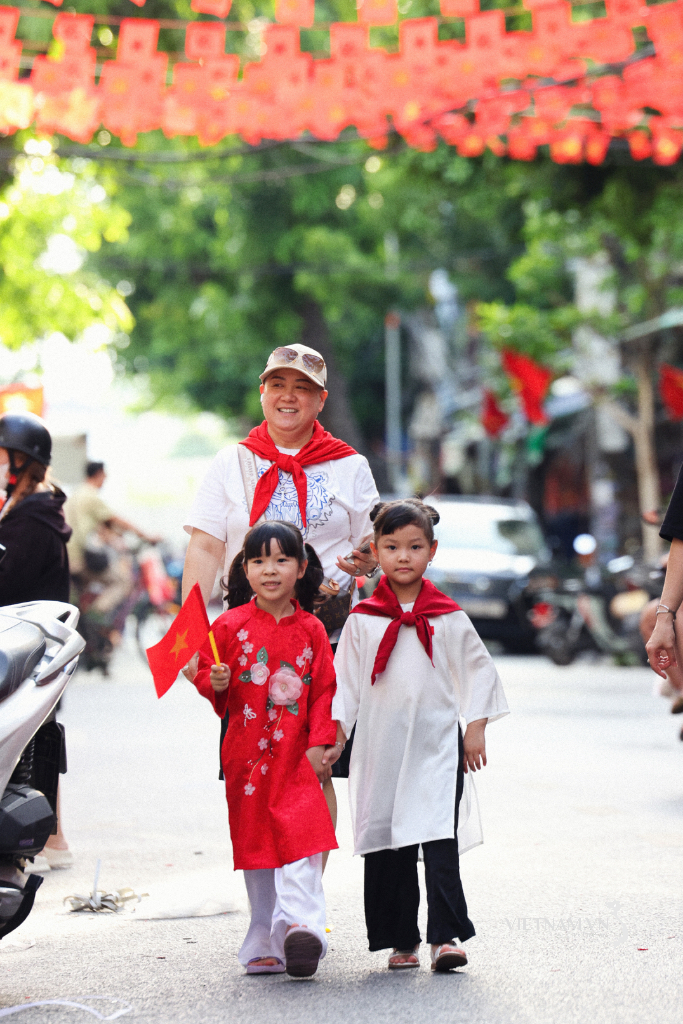

Comment (0)